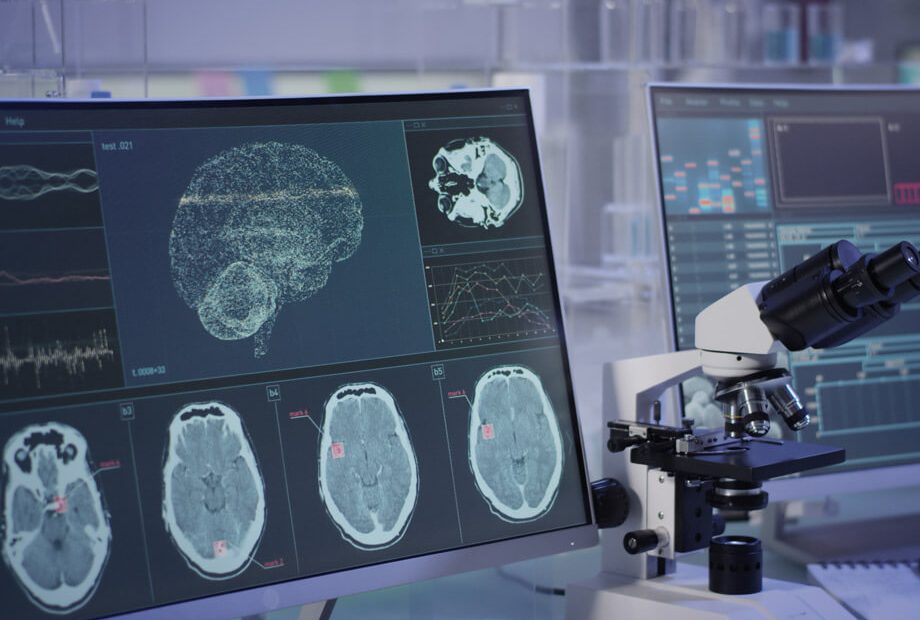From flies to monkeys, animals are the unsung heroes of the scientific discovery process. Without the sacrifices of our research animals, we wouldn’t have most of the safe and effective medications and vaccinations we rely on, or know as much about the workings of our world. Of course, animal research is not without debate. Beyond the inherit ethical concerns, there’s always one big issue that the general public brings up: Mice aren’t men. With a focus on psychiatric and neurodevelopmental disorders, Nestler and Hyman (2010) create a primer addressing this concern, which will form the basis of this article.
Some disorders are “easier” to model in mice than others. For example, Rett syndrome, a rare neurodevelopmental disorder that affects every 1 in 10,000 girls, is caused by a loss of function mutation of the MECP2 gene. Want a mouse model of Rett syndrome? Just knockout Mecp2, a method that prevents Mecp2 from functioning successfully. But what about non-monogenetic disorders? Improvements in characterizations of disorders have increased our knowledge of risk genes, providing potential targets for developing mouse models; however, many genes are dysregulated in multiple disorders, making the specificity for modeling a single disorder difficult. There are other methods for developing models of disorders, such as altering the animal’s environment or lesioning regions of the brain; however, these models are often further from recapitulating the human condition.
Beyond the genotype, issues arise in measuring the phenotypes of our disease models. Our behavioral paradigms for psychiatric disorders barely scratch the surface of the symptoms of these disorders. There is a battery of tests that examine measurements of anxiety, cognitive abilities, social behavior and more; however, there are some things that can’t be measured in animals, such as hallucinations and delusion. Additionally, in disorders such as obsessive-compulsive disorder, there are mental aspects that generate the measurable behavioral output, which are likely not present in mice. Simply put, you can’t ask a mouse what it’s thinking.
With these issues taken into consideration, it’s undeniable that research on the neurobiology of disease is critical and lifesaving. After all, 1 in 5 adults in the United States have some form of mental illness. So how do researchers go about deciding whether a model is valid? There are three types of validity to consider: construct, face and predictive. Construct validity is like the Rett syndrome example discussed above. It’s the ability to recreate the etiology, or the cause, of the disorder. Face validity focuses on recreating a feature of the disorder, such as a symptomatic behavior. Finally, predictive validity means that the model, when given a drug or other treatment, responds in a way that mimics the human response to that drug or treatment.
As scientists, we must walk the line between recognizing and respecting genuine issues and concerns brought against our models while still doing our best to make a positive impact through our research. Perhaps with deeper thought and understanding of how these models are formed, we can not only allay these concerns, but also improve the validity of our work.
Related Content
- Human Cord Blood Improves Memory in Old Mice – Surge of Interest in the “Fountain of Youth”
- Ethicists Advocate Removing Forensic Tools from Biomedical Research
- Three Lessons from Fish
- New Frontiers in Major Depressive Disorder Treatment
Want to read more from the Johns Hopkins School of Medicine? Subscribe to the Biomedical Odyssey blog and receive new posts directly in your inbox.
